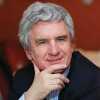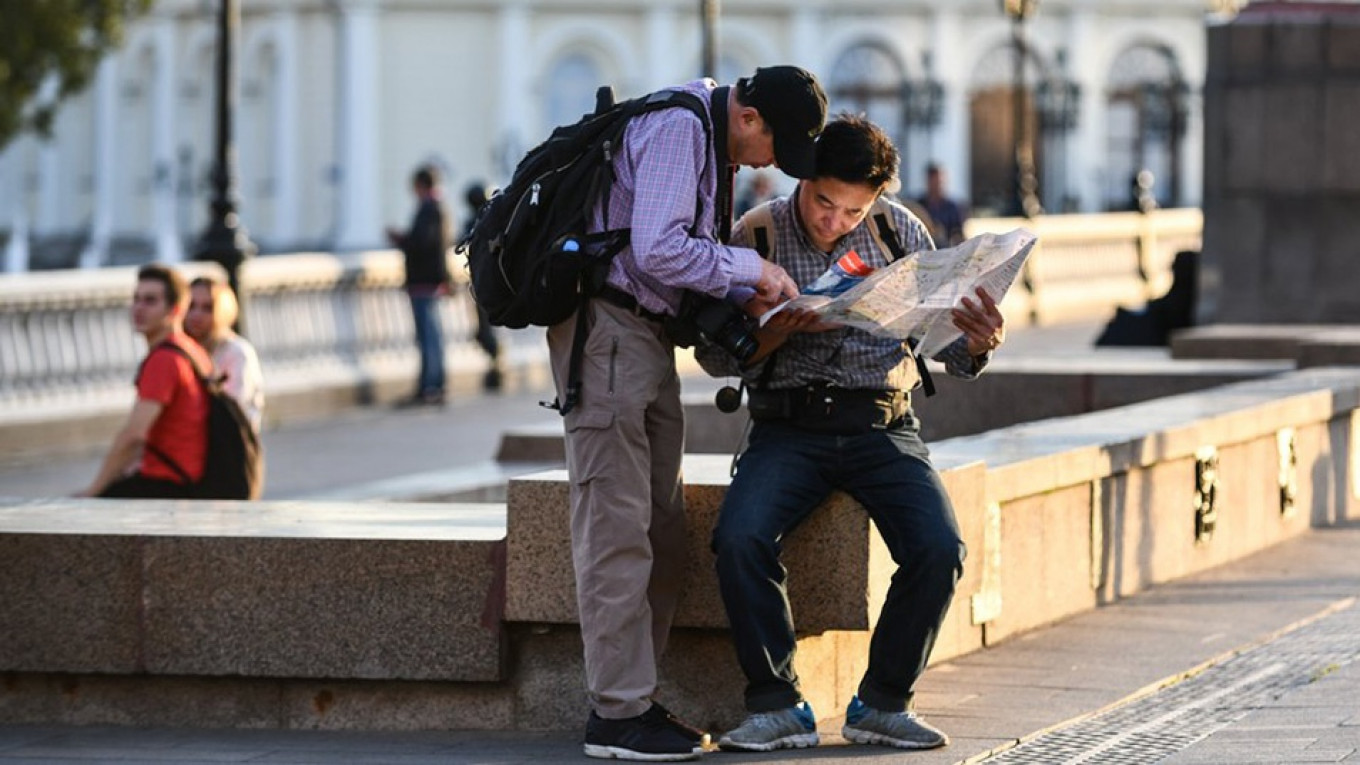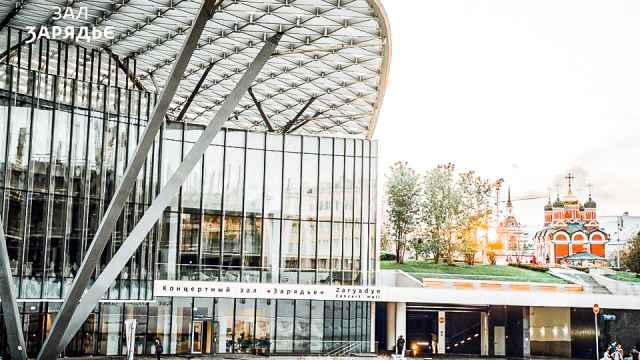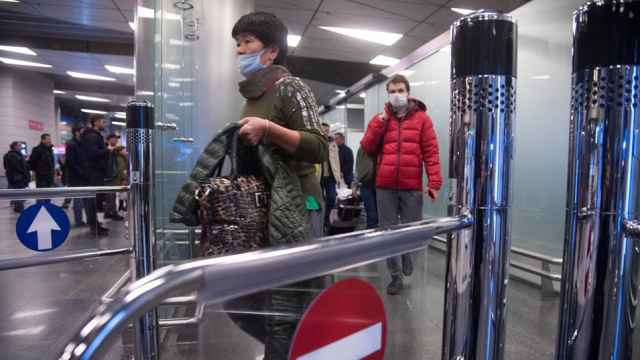Say you arrived in Moscow from JFK in the middle of the night. You wake up the next morning and step out of your hotel (let's imagine the National Hotel since it’s such an iconic Moscow landmark.) Then, standing on the sidewalk, you take it all in.
In Moscow, each and every building has a story to tell. And sometimes, those stories are as impressive as the looming facades they describe.
The former Hotel Moskva Hotel (now the Four Seasons), is a gargantuan and grey building on the opposite side of the wide street. It is also an essential symbol of Moscow, so much so that it features on the Stolichnaya vodka label. Built in the 30s as part of a radical reimagination of the city center, it was once a luxurious hotel, home to foreign politicians in exile, enigmatic war reporters and movie stars alike of the 60s. Heartlessly, it was demolished in 2004.
Then, a new replica hotel was born from its ashes. The reasons for the demolition remain obscure and have provided fodder for debate about whether we have the moral right to substitute anything original. Yes, modern construction techniques can work wonders, but we have to acknowledge their existential drawbacks. I still wonder what happened to all those brass door handles, heavy furniture and realist paintings in the Soviet art-deco style abundant in the old building.
Directly opposite is Manezh Square. Twenty-five years ago, it was still wide and empty. The fact it looked something like a gigantic football field made it a favorite gathering point for political rallies during the years before the collapse of the Soviet Union. Maybe the authorities took note. Under the supervision of a sculptor close to the previous mayor’s office, it was decided to cover the square with a smattering of dark, marble statues, turning it into a sort of stone labyrinth. A hole was dug out underneath to house a shopping mall, in a way reproducing the same problem which haunts Paris with Les Halles project.
Behind the square, you’ll see two passages leading uphill towards Red Square. The historical museum building between the two passages is authentic, dating back to 1875, a fact belied by its neo-Russian architectural style.
The 17th century Resurrection Gate and the chapel on the left, on the other hand, are relatively new – they were rebuilt in the mid-90s. Before the Second World War the gates were destroyed (much like hundreds of other churches in Moscow in those days). In this case, they were removed in order to allow access to the square for tanks and military vehicles during parades.
To your right, at the very end of the square is the Manezh building. Built to be an indoor riding academy in 1817, it may look old, but it’s not. The initial Manezh building with its wooden beams holding the ceiling perished in a strange fire 14 years ago on a Sunday evening, which happened to be also the day of presidential elections. This building you see today was rebuilt almost from scratch.
Turn immediately to your right and you’ll see a large yellow mansion designed by famous architect Ivan Zholtovsky, who, like many of his peers between the two wars, was heavily inspired by the Italian masters. Strange as it may seem today, this strategically located building served as the U.S. Embassy up until the mid-50s. Recently published color photographs taken from its windows by an American diplomat revealed amazing details of daily life in Moscow after the war.
Finally, to your left, at the beginning of Tverskaya Ulitsa is an apartment building under the number four, which occupies an entire block. This was the first in a row of apartment houses along Moscow’s main street and was once the most sought after real estate in Moscow. By today’s standards, the apartments may seem outdated. But when the building was constructed, the street beneath it was lined with lime trees and there was so little traffic outside, residents didn’t think twice about keeping their windows open at night. It still is an incredible location, and probably the nearest sleeping quarters to Red Square. It’s like living across the street from the Coliseum in Rome.
We have come full circle, but don’t miss the young crowds passing you by. If you thought it was always this laid back, think again. On a warm October evening you can still sense the wild spirit in the capital during the World Cup this summer. But even without football, the massive urban renovation program launched by the current mayor has changed the look of the city, partially by promoting pedestrian traffic. While newcomers might consider this true Moscow, old-timers have reason to worry they might no longer recognize the city of their childhoods.
While moving around Moscow with a visitor — foreign or Russian — we Muscovites cannot help going into details. Maybe it’s a feature of our mentality. I can almost hear how are our usually well-educated guides speak in length about the origins and symbolism of monuments, houses, streets. Can you describe Pushkin, overlooking the Tverskoy Boulevard, just as another famous poet and put a full stop there? Be prepared to dive deeper once you’re here.
One French ethnographer recently put it well when we started our usual comparison between the two capitals – Moscow and St. Petersburg. St. Petersburg is beautiful, she said. But from a Western point of view, it is too obvious. Moscow on the other hand, Moscow is something which we have never experienced before elsewhere.
Dmitry Yakushkin is a former journalist and communications specialist, currently a professor at the Higher School of Economics. The views expressed in opinion pieces do not necessarily reflect the editorial position of The Moscow Times.








